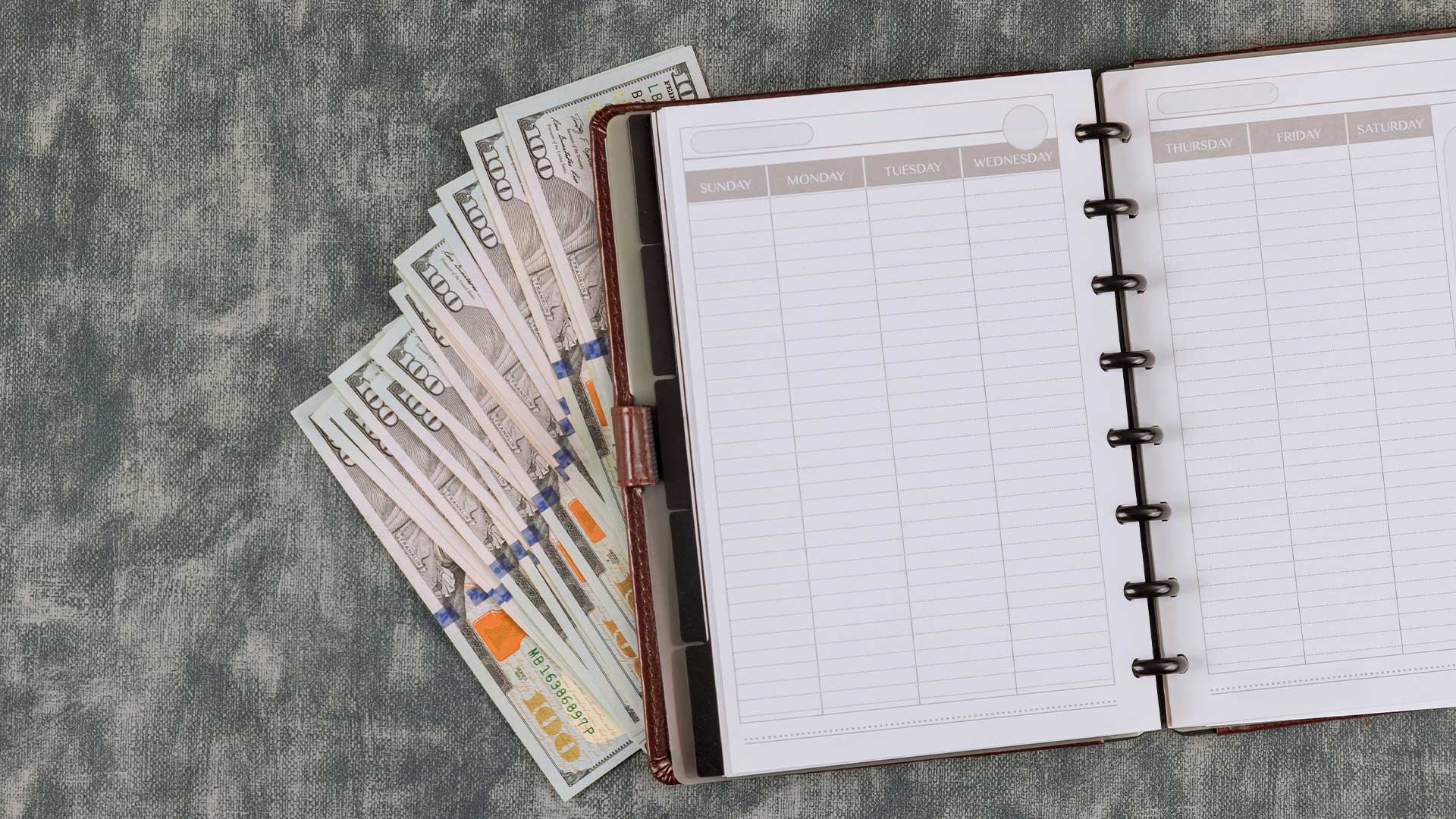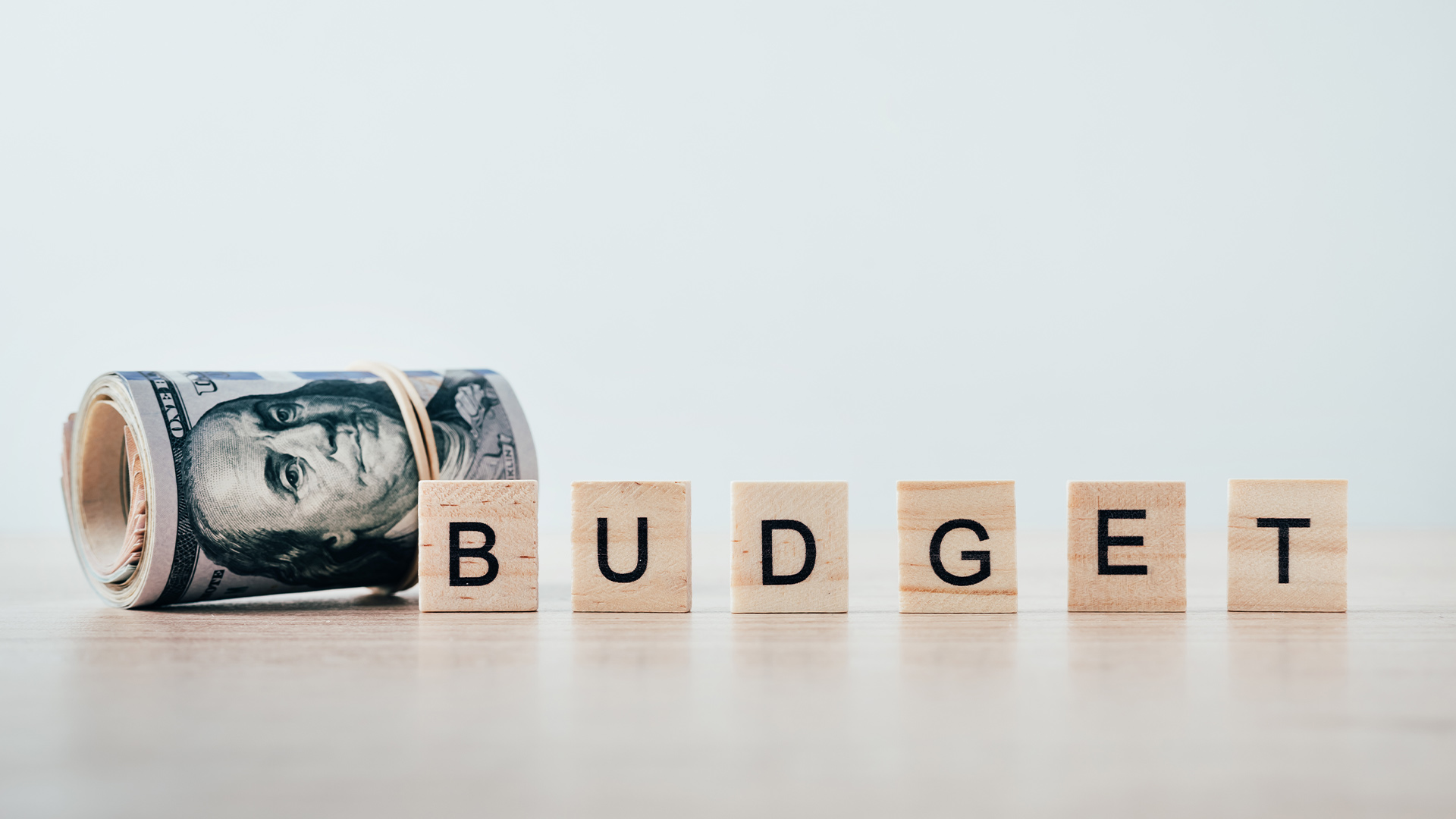
The Ultimate Daily Money Tracker
It’s the slow leak of daily spending that drains your budget. That’s why a simple daily money tracker is one of the most effective tools you can use to stay in control.
Let’s be honest: most spending logs are too complicated or too boring to keep up with. They look great at the start of the month--and then, a week in, you stop updating them. The problem isn’t you. It’s the format.

Let’s be honest: most spending logs are too complicated or too boring to keep up with. They look great at the start of the month--and then, a week in, you stop updating them. The problem isn’t you. It’s the format.
The best spending log is the one you’ll actually use. Not the prettiest. Not the most advanced. Just the one that works for your life and habits.
Here’s a breakdown of how to create and stick with a simple, effective daily spending log--plus how to use it to make better money decisions without obsessing over every cent.
Tracking your spending once a day helps you:
It also makes your weekly budget check-in so much easier. No backtracking, no receipts to decode.
A good log only needs five columns:
That’s it. Simple. Clean. Useful.
If you prefer writing by hand, print a weekly log sheet with room for 7 days. Each day has space to record:
| Date | Category | Amount | Payment Method | Note | |------|----------|--------|----------------|------|
Stick it on your fridge, keep it by your laptop, or fold it into your wallet. The easier it is to see and access, the more likely you are to use it.
If you’re more of a digital person, here are three ways to build a log that fits your life:
Create a sheet with five columns (see above) and freeze the header row. Use color coding for categories if you like.
Pros: Editable from anywhere, easy to copy weekly. Tip: Use `=SUM()` at the bottom of the amount column to total daily or weekly spend.
In your phone’s notes app, start each day with the date and log items underneath:
May 1
Pros: Super fast and always with you. Tip: Review weekly and total each day.
Some habit apps let you create a custom daily tracker with notes. Track “Logged spending?” and fill in your data in the notes section.
Pros: Great if you already use a habit tracker. Tip: Set a daily reminder to log.
A log is only useful if you use it regularly. Here’s how to make that happen:
Your log isn’t there to guilt you. It’s there to inform you.
Once a week, review your entries and ask:
The goal is awareness, not perfection. You’re learning about your behavior, not grading yourself.
You don’t need to track for years. Even one month of consistent logging can reveal enough insights to shift your habits.
And if you take a break? No guilt. Just pick it back up again when you're ready.
You can also try themed months:
These short bursts can refresh your awareness and keep things interesting.
Some people find logging every day stressful or triggering. If that’s you, try:
The goal is to build a system that fits your brain and energy--not to impress anyone else.
Whether you love pen and paper or live inside Google Sheets, there’s a way to track spending that won’t feel like punishment. You don’t need to track perfectly--you just need to notice consistently.
A daily spending log isn’t about control. It’s about clarity. And that clarity can change everything.

It’s the slow leak of daily spending that drains your budget. That’s why a simple daily money tracker is one of the most effective tools you can use to stay in control.

Spreadsheets might not be the sexiest part of managing money, but they’re one of the most powerful. A good budget spreadsheet saves you time, cuts down on stress, and shows you exactly where your money’s going--and where it should go instead.

If you’ve ever felt like you’re managing your money in a fog--checking five different apps, forgetting what bills are due, or losing track of your goals--a daily finance dashboard can clear it all up. It’s not just for data geeks or spreadsheet lovers. It’s a tool anyone can use to stay financially grounded in just a few minutes a day.